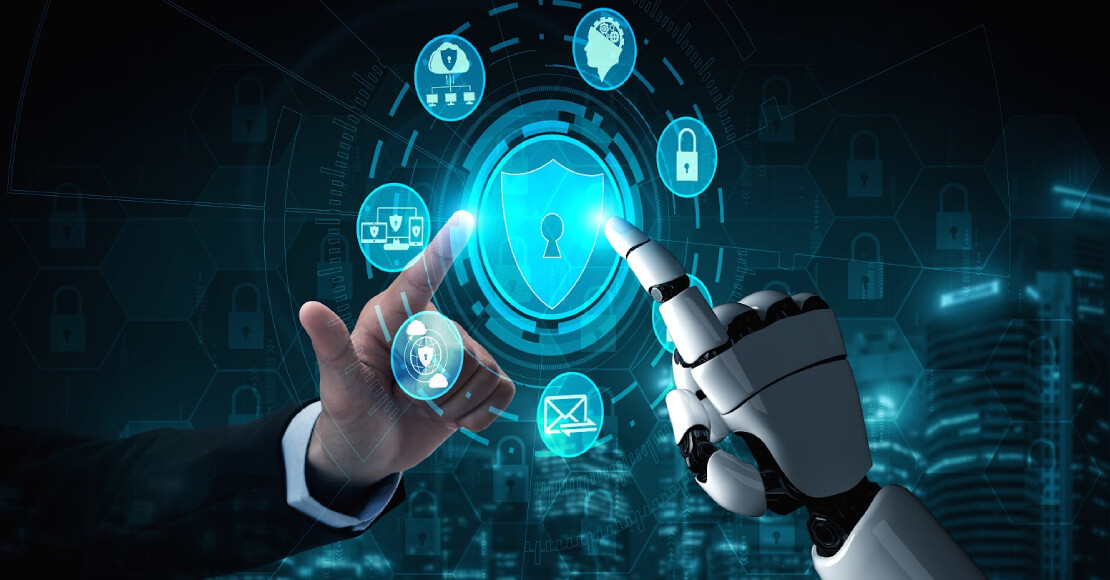How to Craft an Effective Strategy for Crisis Management
With connectivity and digital operations the norm in today’s business rapidly-evolving business landscape, the potential for crises is higher than ever. From cyber attacks to data breaches, organisations must be prepared to handle these unexpected challenges. Today’s businesses need to be poised to respond to cyber incidents, recover quickly, and mitigate potential harm. This is where an effective crisis management strategy is so important – we’ll walk you through the crucial steps to creating a comprehensive strategy, and showcase how Infosec K2K’s solutions can help you to bolster your crisis readiness.
Put simply, crisis management refers to the structured approach an organisation needs to take in order to navigate any unforeseen event that could cause significant harm to its operations, stakeholders, or its reputation. It involves coordinating actions and decisions that aim to minimise the damage and restore normalcy as soon as possible. These unforeseen events could be anything from a pandemic or a natural disaster to a hack or a DDoS attack. In the event of a crisis, the absence of a well-thought-out crisis management strategy can leave businesses vulnerable to negative consequences like financial losses or reputational damage. While the best way to navigate a crisis is to be prepared, many CEOs aren’t – according to The Conference Board’s C-Suite Outlook 2023, only 41% of CEOs surveyed said they were prepared for a major cyber security crisis. Having a robust strategy in place isn’t just prudent, but essential for safeguarding your organisation’s resilience.
Proactive planning, and anticipating a crisis, is paramount. It can be difficult to deal with a cyber attack – 41% of cyber security professionals say that cyber security operations are more difficult than they were just two years ago – but by being prepared, you can manage crises more efficiently. A well-prepared organisation needs to be adaptable and resilient in the face of unforeseen challenges. By considering all the different cyber threats your business could possibly face, you’ll ensure that you are better prepared, and won’t be surprised. Businesses should provide training and build a crisis management team, so that you and your colleagues are aware of what they need to do in the event of a cyber incident. Assembling a cross-functional role is pivotal. People’s roles and responsibilities should all be clearly defined and outlined in your strategy, and collaboration should be encouraged.
Effective communication is at the core of crisis management. Businesses should establish internal protocols so that accurate information is disseminated swiftly to employees, while external communications also need to be implemented to inform customers, stakeholders, the media, and the general public. Finally, businesses should conduct a thorough risk assessment. This can identify potential vulnerabilities and prioritise preparedness efforts. At Infosec K2K, our Security Assurance Services can help you to stay one step ahead of cyber criminals – with our vulnerability management services, we can identify weaknesses in your cyber defences and suggest ways to mitigate them. By identifying potential crises in this way, you can assess their impact and have a better estimation of the consequences.
When you set out to craft an effective crisis management plan, you should begin by setting out clear objectives and priorities. Prioritising your most critical functions and resources to ensure they aren’t affected by the cyber security incident is crucial. Additionally, developing different response protocols for the various crisis scenarios – tailoring your responses is key in mitigating any. negative consequences. Plan for every eventuality, outlining immediate actions, short-term strategies, and long-term recovery plans to provide a clear roadmap for each stage of the crisis.
Businesses should also take the time to consider budgeting in their crisis management plans. Adequate resources – both human and financial – should be allocated to your crisis management efforts to ensure the business can effectively execute its strategy. Finally, in order to test and refine the plan, regular simulations and drills are essential to validate the crisis management plan’s effectiveness. Identifying any vulnerabilities, and refining the plan based on feedback and lessons learned, is an ongoing process, and Infosec K2K is here to help. With our IAM Audit & Compliance Services, we’ll assess your practices and policies, and at the same time, we can test your cyber defences with penetration tests and comprehensive breach simulations
When communicating with shareholders, customers, and the media, it’s important to be both transparent and honest. Open communication about the cyber incident and its effects, however severe they may be, can help to build trust and credibility, mitigating reputational damage in the long run. It’s crucial that you take the time to craft clear and concise messages, conveying relevant information while expressing empathy and understanding. By proactively addressing public concerns and dispelling misinformation, you can maintain control of the narrative, and prevent panic. Leveraging digital platforms and social media can help businesses in the aftermath of a cyber incident – these can be direct avenues to easily reach customers, helping businesses communicate and engage with them in real time.
At Infosec K2K, we understand that a well-crafted crisis management strategy is your organisation’s shield against the uncertainties of today’s business landscape. By diligently preparing, building a capable team, communicating effectively, and continuously refining your plan, you can weather crises and emerge stronger than before. It’s important to remember, however, that crisis management is an ongoing process that demands vigilance and adaptation. Embrace the journey toward crisis readiness and explore Infosec K2K’s solutions to fortify your organisation’s security and resilience.
Whatever solution you’re looking for, we can help. The experts at Infosec K2K can offer you specialist guidance, and help you find the product that’s the best fit for you.
Get in touch with us to find out more about how we can help you.

